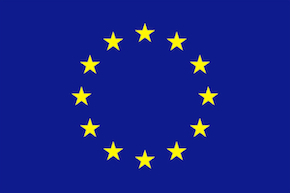You cannot access on this page
The Interactive Toolkit for Crop Wild Relative Conservation Planning was developed within the framework of the SADC CWR project www.cropwildrelatives.org/sadc-cwr-project (2014-2016),
which was co-funded by the European Union and implemented through ACP-EU Co-operation Programme in Science and Technology (S&T II) by the African, Caribbean and Pacific (ACP) Group of States.
Grant agreement no FED/2013/330-210.




